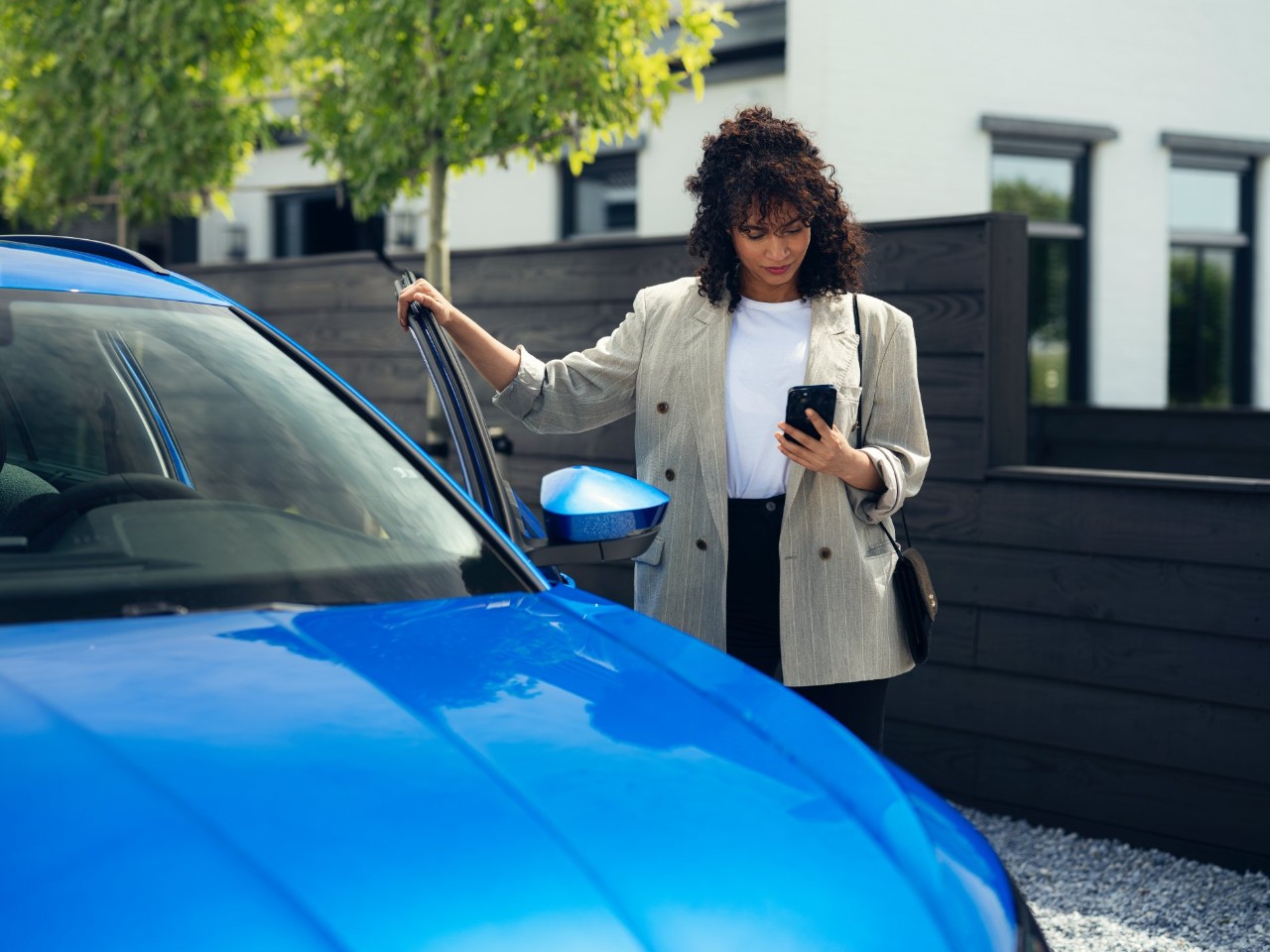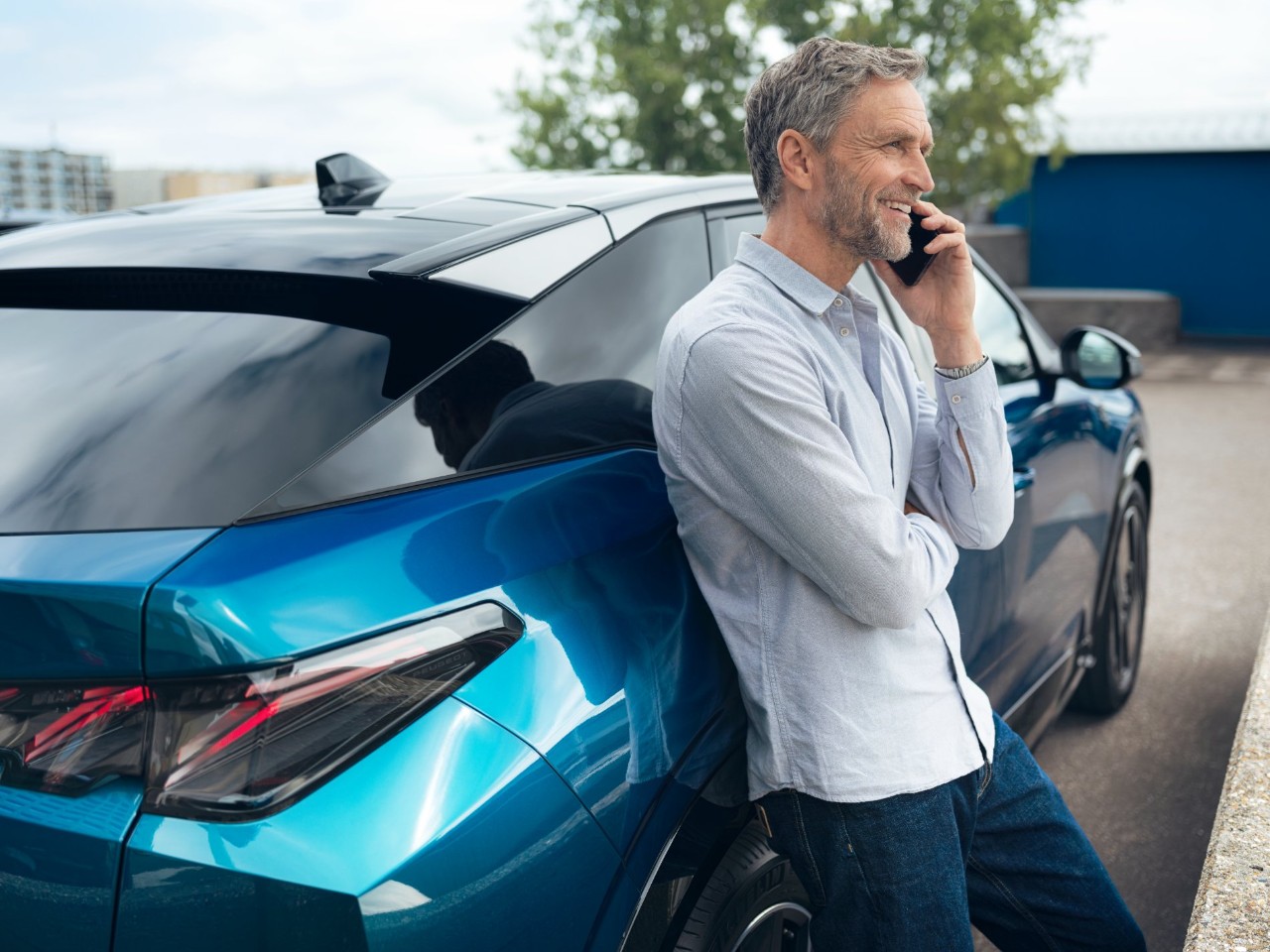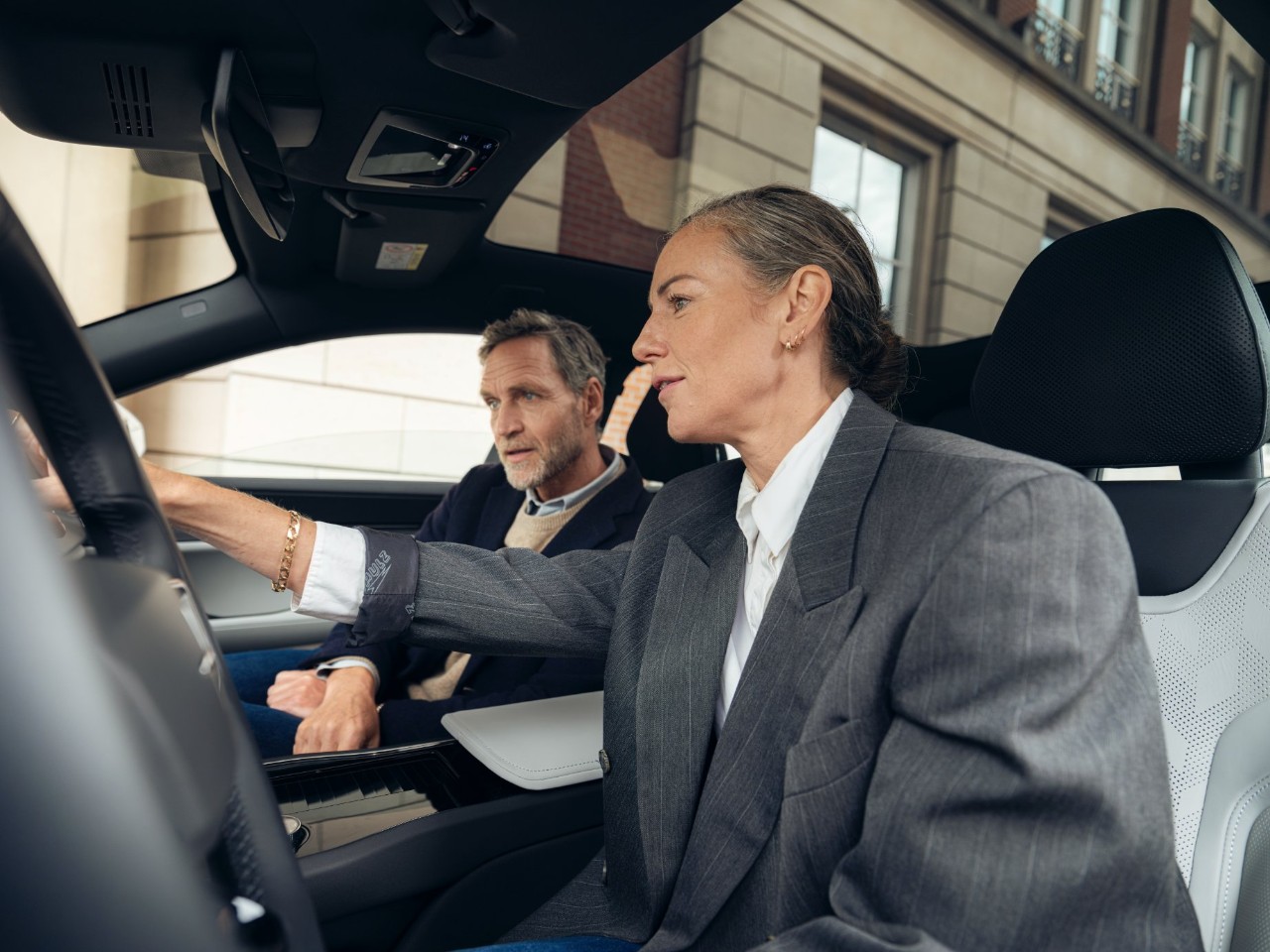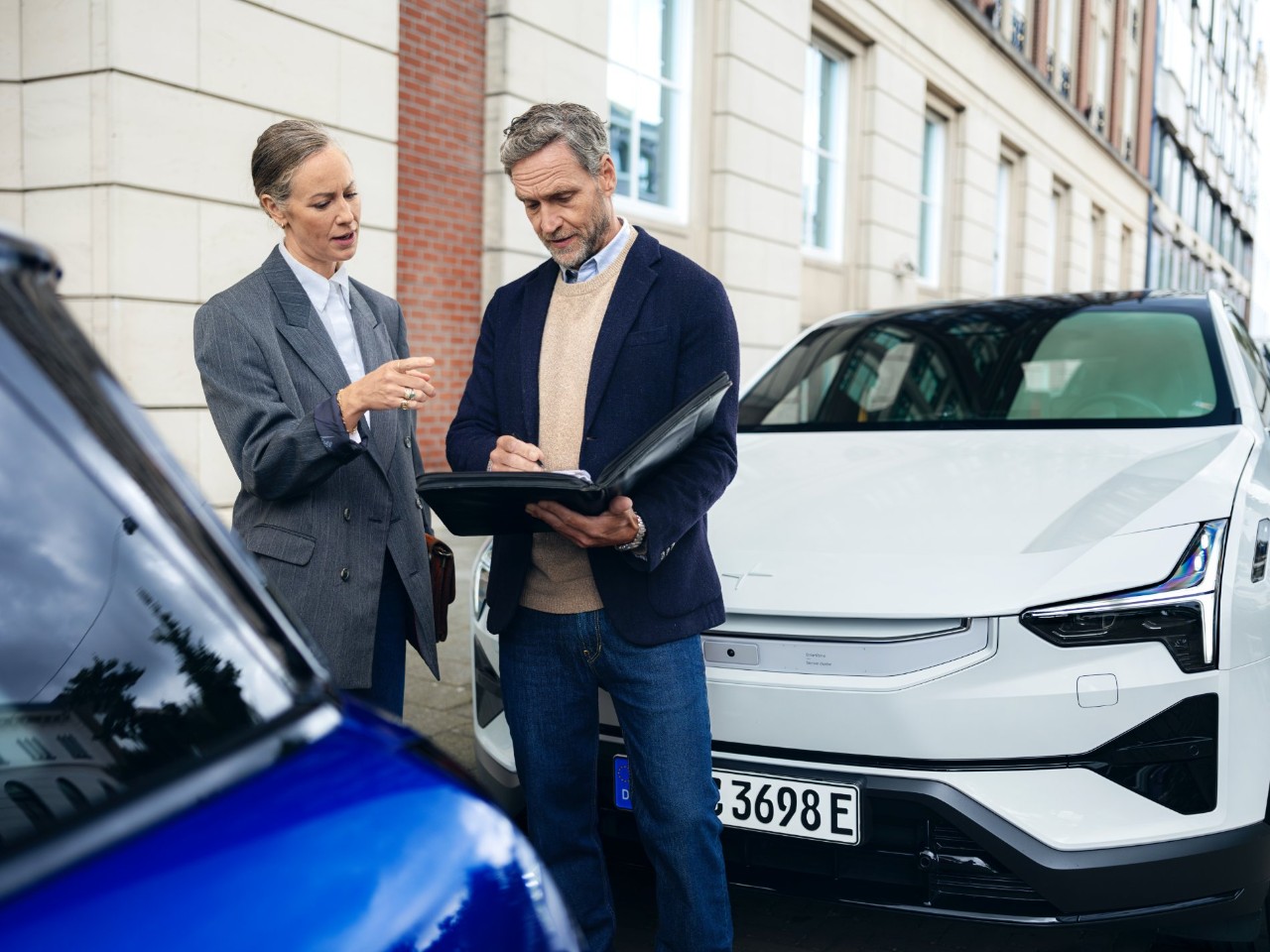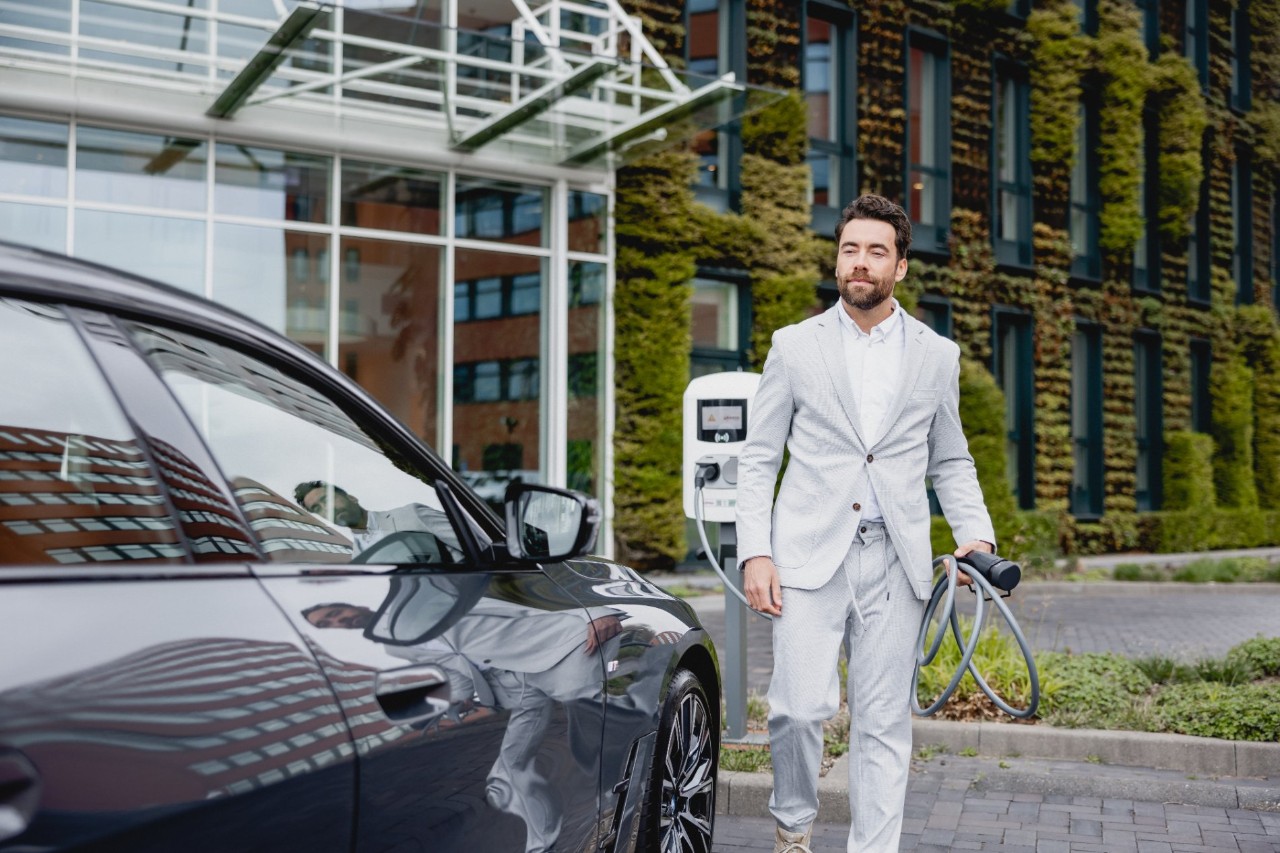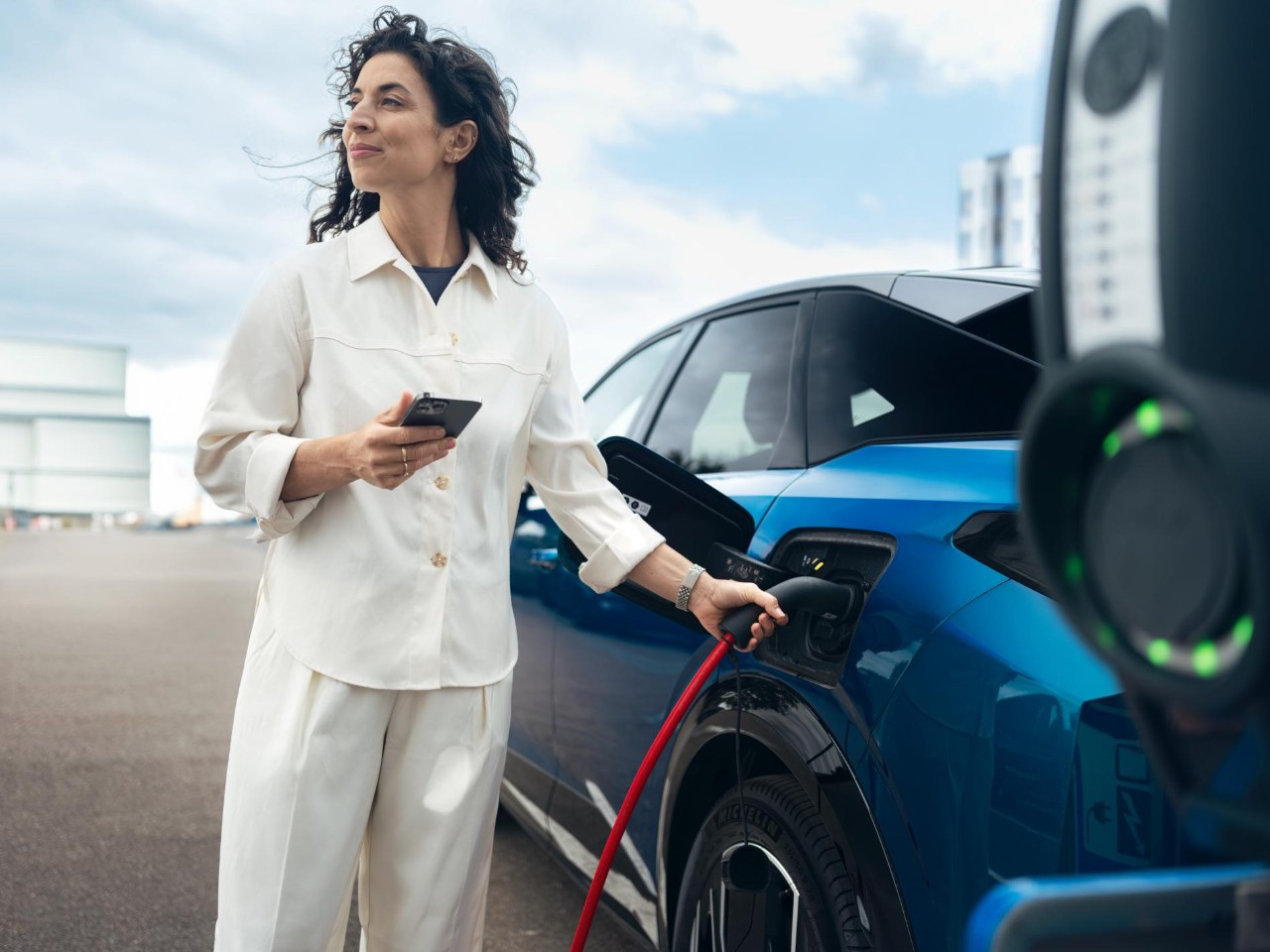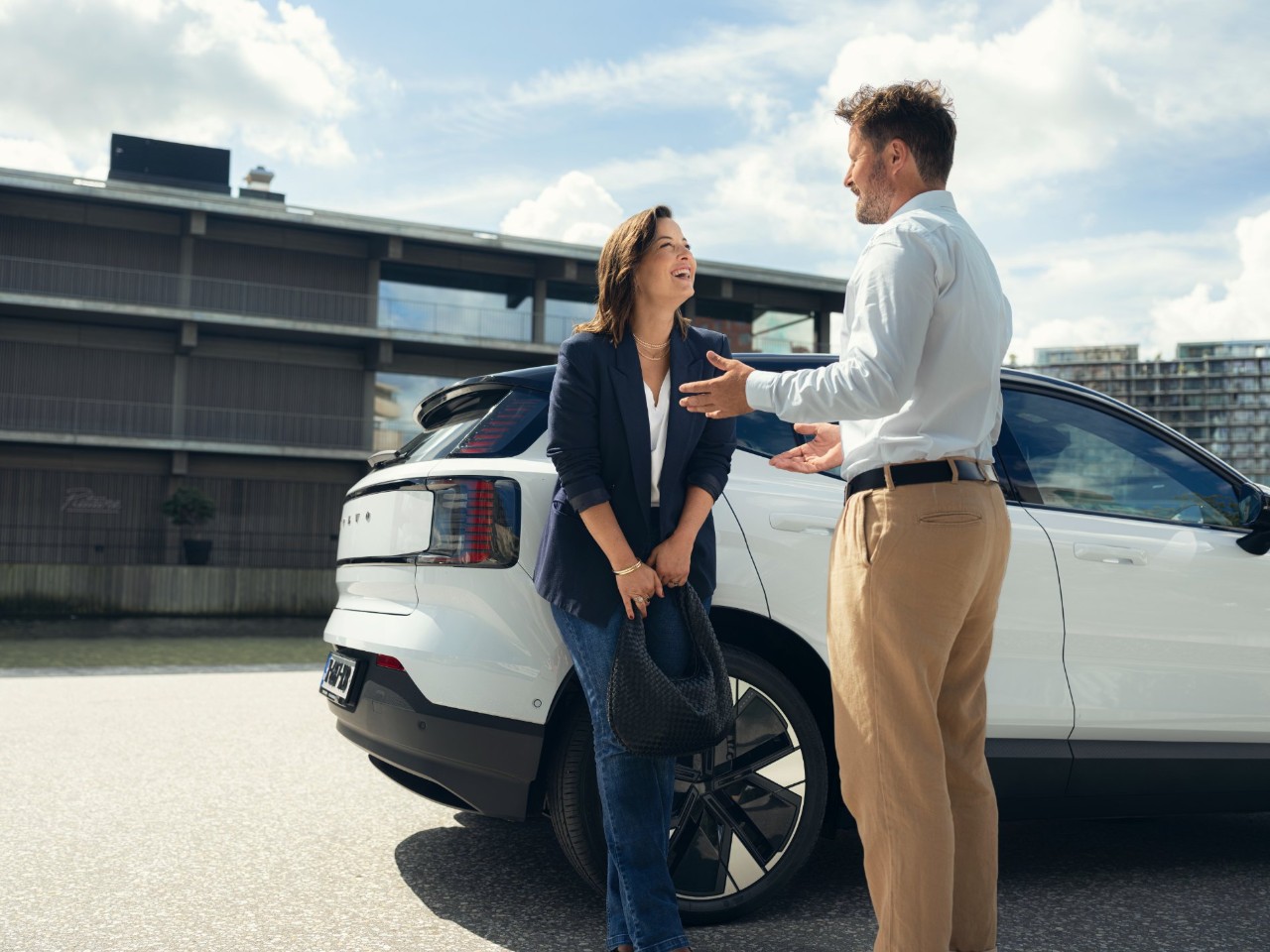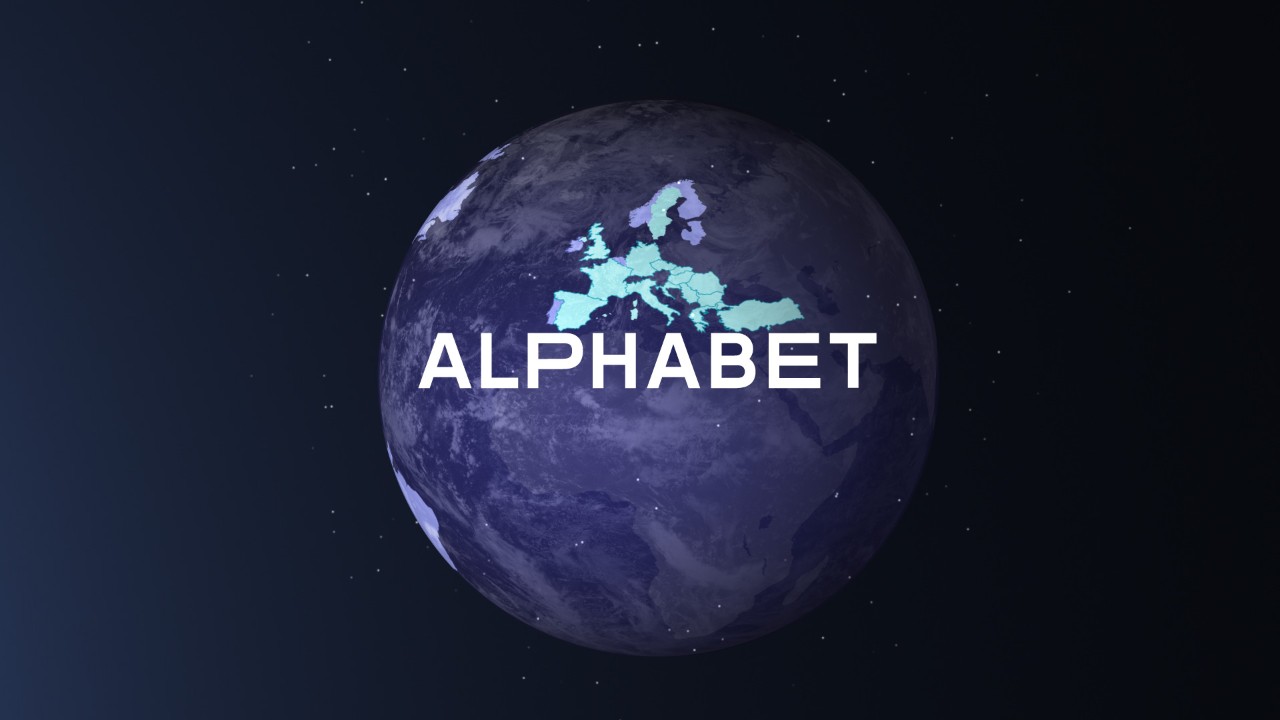If everyone had an electric vehicle and charged at the same time of night, surely that’d be too much for the grid to handle?
Well, yes. In that instance, it could be. But the fact is, not everyone charges at the same time. Even so, a lot of research and planning is being done to ensure the grid is never overstretched by EVs. By the time the government’s policy banning new petrol and diesel cars comes into effect in 2035, the UK is aiming to reach 100% zero-carbon energy. In short, measures are already in place to support a widescale move to electric – and EVs are designed to make this possible. Charging at a lower speed and capping the charge at 80% is not only easier for the grid to handle, it’s also better for the vehicle’s battery. That’s a win-win.
On top of this, V2G (Vehicle to Grid) technology allows drivers to support the grid by pushing energy from their batteries back into the grid at times of high demand and recharge themselves when the levels return to normal. Methods such as this, are in place to alleviate the pressure if required.
